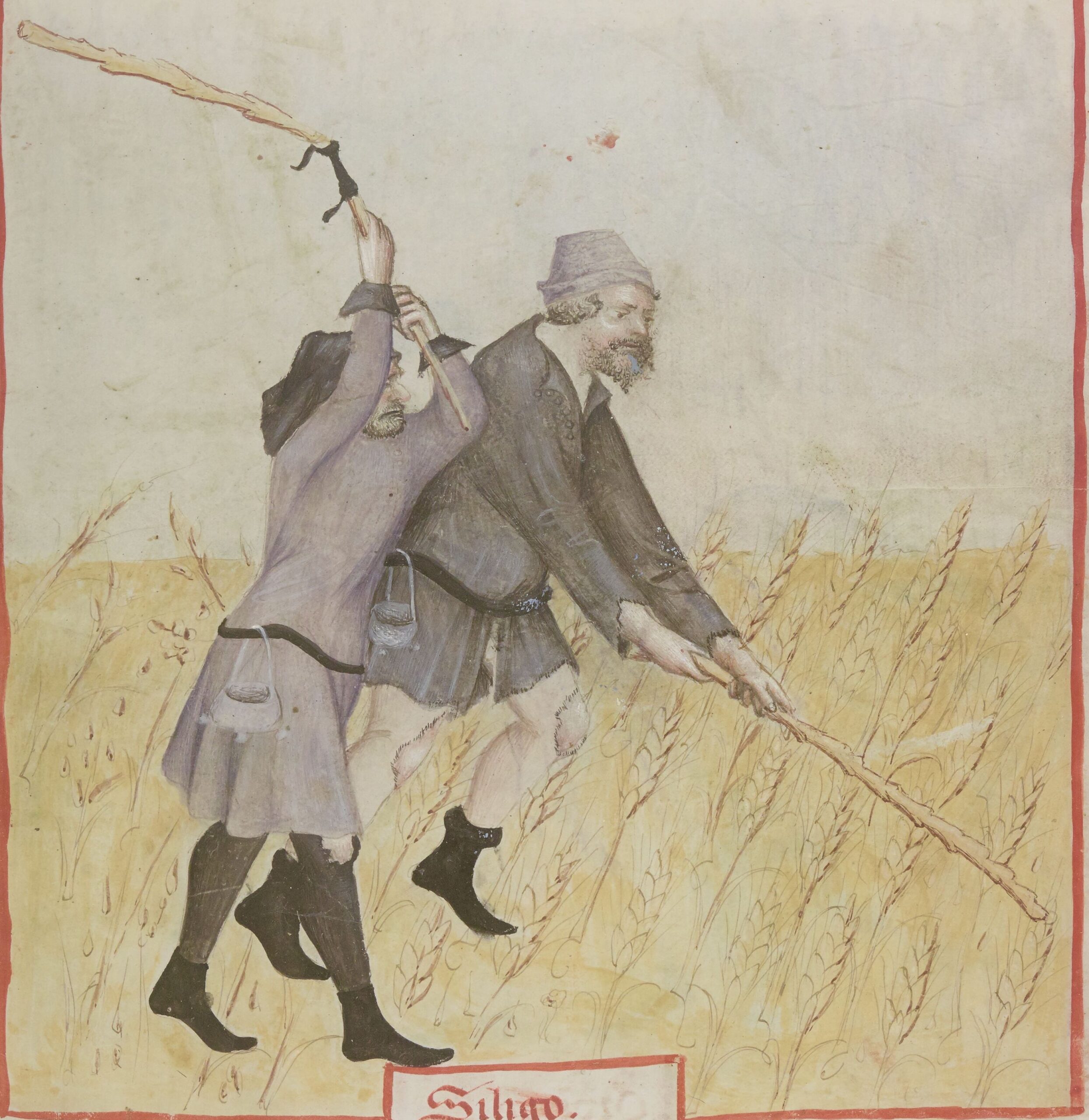
"It did not slowly become a dominant crop as a substitute plant, but through its early integration into a labour-intensive manuring system that already existed at the time, which was mainly based on stable dung."
"The nitrogen and sulphur isotopes provide us information about the type and intensity of manuring at the time, while the carbon isotopes tell us about the grain's yield."
"Medieval rye was mostly cultivated on well-manured fields, and that peat may also have been used as fertiliser in some areas."
"The highest yields likely came from the marshlands along the North Sea coast, where abundant rainfall and livestock dung created ideal growing conditions."
New research from Kiel University, led by palaeoecologist Frank Schlütz, reveals that rye was meticulously cultivated in medieval times rather than being a last-resort crop. Analyzing charred grains from Northern Germany, dating from the 4th to the 15th century, the study found that rye was part of a sophisticated, labor-intensive manuring system. Measurements of isotopes indicated not only the soil conditions but also the agricultural practices of the time. Additionally, it uncovered the social implications of rye cultivation, which contributed significantly to medieval agricultural systems.
Read at Medievalists.net
Unable to calculate read time
Collection
[
|
...
]